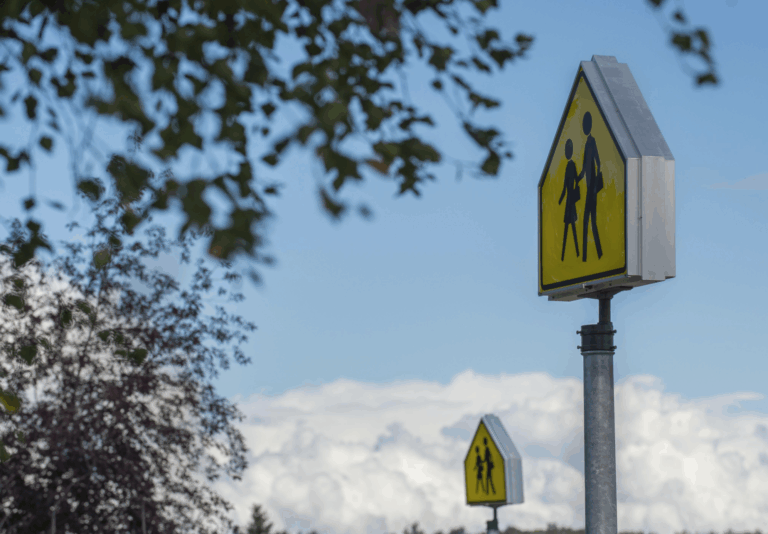Physical Address
304 North Cardinal St.
Dorchester Center, MA 02124
Physical Address
304 North Cardinal St.
Dorchester Center, MA 02124

On June 24 in Brooklyn, a driver in an SUV struck and killed four-year-old Luz Gonzalez, with many onlookers claiming the incident was a hit-and-run. The New York Police Department disagrees, and has refused to prosecute the driver, sparking multiple street protests. Beyond seeking justice for Gonzalez, activists demand that the city expand the use of speed cameras in school zones, which they hope could prevent further tragedy. Yet precisely at the moment that the community is most sensitive to the risk that dangerous driving poses to children, the New York state legislature shut off 140 school zone speed cameras. Given their unambiguous success in improving traffic safety in school zones, legislators should act now to renew and expand the program. While there is rare consensus among Governor Andrew Cuomo and Mayor Bill de Blasio on the need to preserve and even expand the traffic camera program to 290 cameras, the expansion faces opposition from some members in the Senate. Opposition to the cameras has been lead by Republican State Senator Martin J. Golden—himself a notorious school zone speeder, having received over 10 tickets since 2015 alone—and Democrat State Senator Simcha Felder, who ineffectively used the cameras as a bargaining chip to install police officers in schools. Since their implementation in 2014 as part of the broader Vision Zero initiative, school zone speed cameras have already substantially improved pedestrian safety in New York’s school zones. According to one study by the New York City Department of Transportation, the number of people killed or seriously injured in crashes in schools zones has fallen by 21 percent to 142 since the cameras came online. This is due in part to the fact that speeding drivers are getting the message: in the first 14 months following implementation of cameras, speeding violations in school […]
I’ve been meaning to address the public education system’s complex role in land use patterns, and found that Murray Rothbard does a better job in his 1973 manifesto, For a New Liberty than I ever could. In summary, locally-funded public education is an engine of geographical segregation, which encourages flight from urban areas, and was a driving motivation for the popular acceptance of exclusionary zoning in newer suburbs. As a result, wealth is consistently concentrated geographically, and housing affordability is at odds with these restrictions of supply intended to exclude poorer people from draining the property tax base. Here’s a paragraph from the chapter on education: The geographical nature of the public school system has also led to a coerced pattern of residential segregation, in income and consequently in race, throughout the country and particularly in the suburbs. As everyone knows, the United States since World War II has seen an expansion of population, not in the inner central cities, but in the surrounding suburban areas. As new and younger families have moved to the suburbs, by far the largest and growing burden of local budgets has been to pay for the public schools, which have to accommodate a young population with a relatively high proportion of children per capita. These schools invariably have been financed from growing property taxation, which largely falls on the suburban residences. This means that the wealthier the suburban family, and the more expensive its home, the greater will be its tax contribution for the local school. Hence, as [p. 133] the burden of school taxes increases steadily, the suburbanites try desperately to encourage an inflow of wealthy residents and expensive homes, and to discourage an inflow of poorer citizens. There is, in short, a breakeven point of the price of a house beyond which a […]